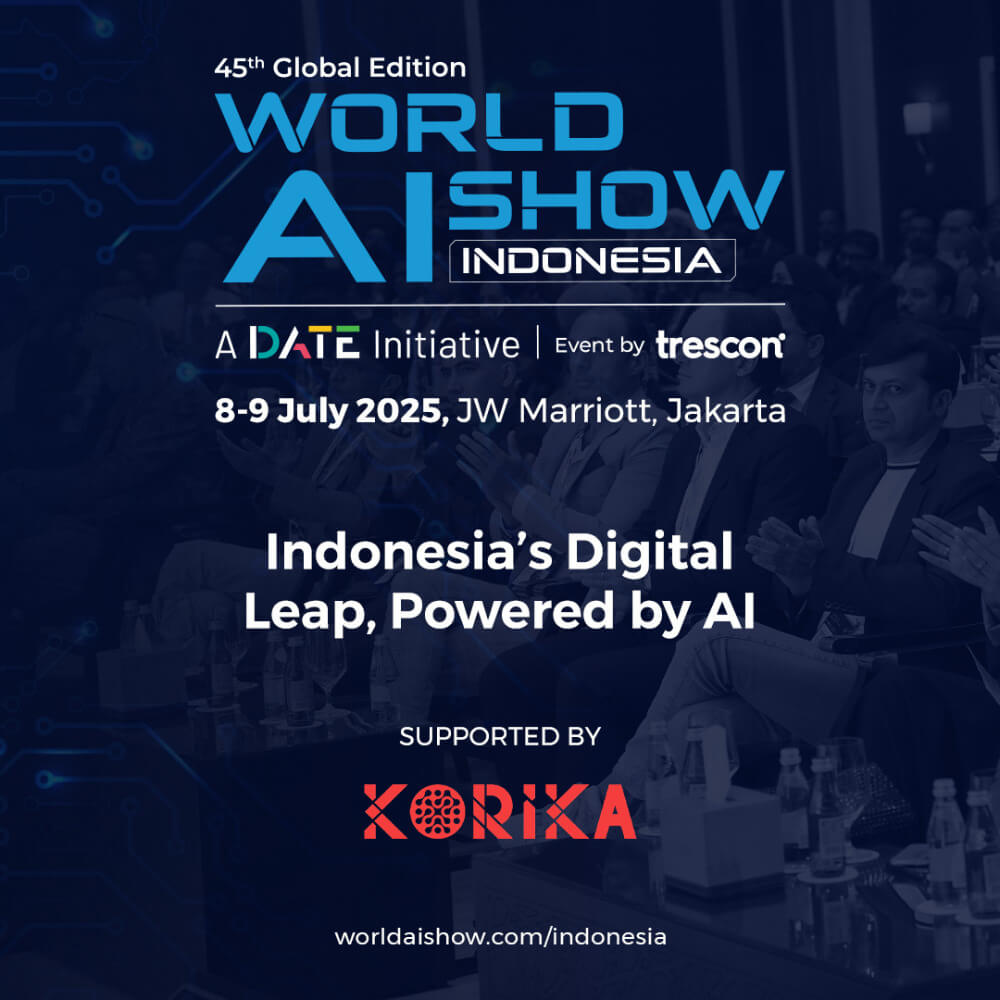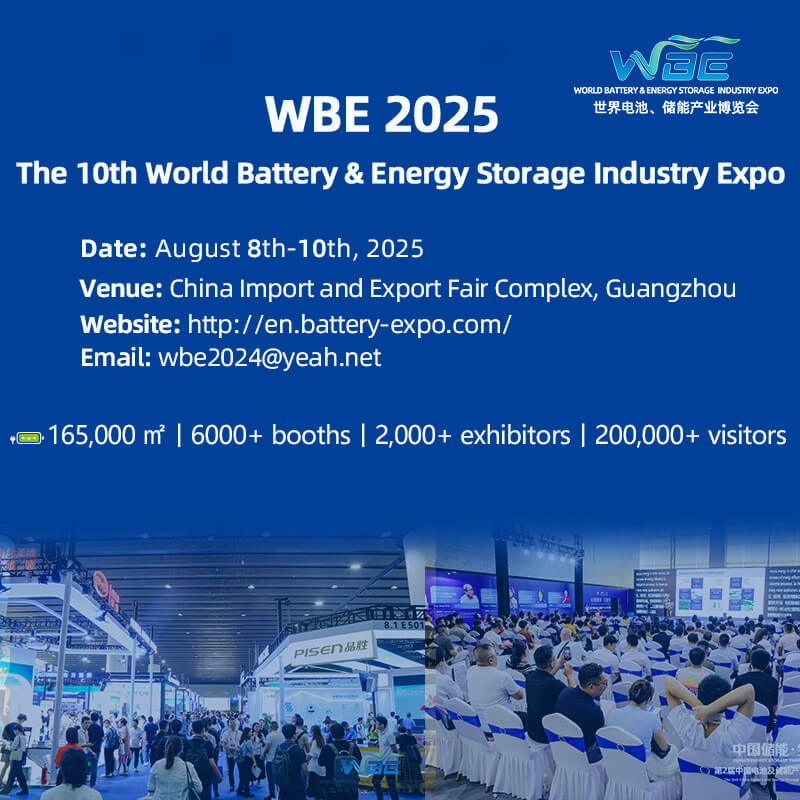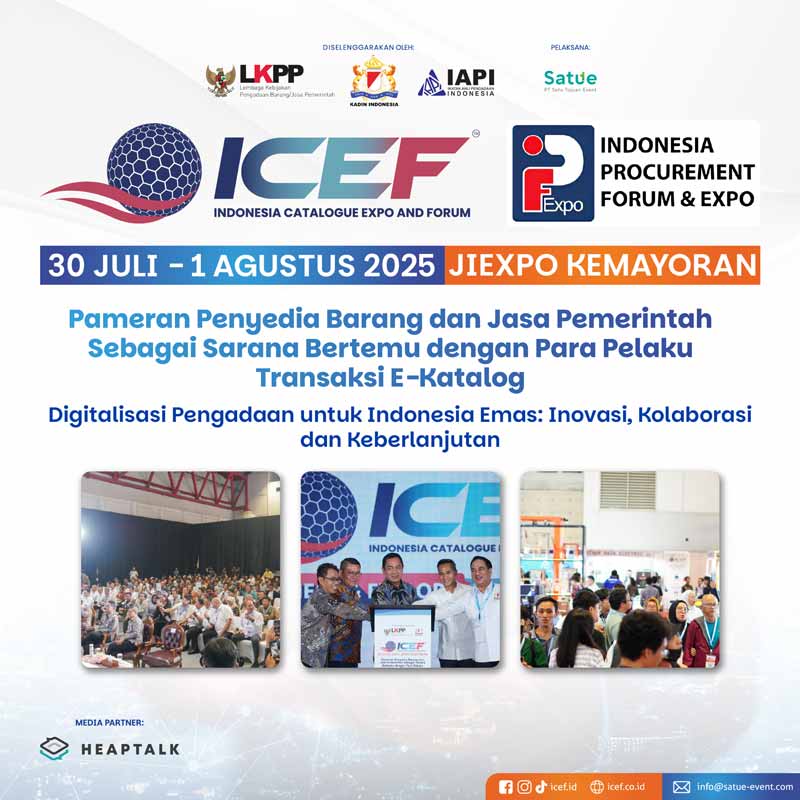Heaptalk, Jakarta — The data center industry in Indonesia has existed for a long time, as proven by the establishment of Cyber Building in 1995 operated as a data center where companies put their servers. A data center refers to a facility designed to efficiently store, power, cool, and connect IT infrastructure. In 2012, several data center players embarked their businesses in Indonesia. One of the players is DCI Indonesia that was established in 2011 and started its operation in 2013.
According to the CEO of PT Ekagrata Data Gemilang (EDGE DC) Stephanus Oscar, the collocation market showed an increase in 2017 when Alibaba Cloud entered Indonesia. Previously, the data center customers were mainly financial and enterprise companies with small capacities of IT load. “When cloud computing came into our market, the capacity taken was quite large, which can range from 1—3 megawatts per deployment. Later, they could add up to more than 10 MW,” said Oscar.
Growing steadily at 22.7% through 2027
Today’s collocation market in Indonesia reaches an IT load capacity of around 134 MW based on Structure Research. Although Oscar found that the occupancy has not reached 100% yet, the growth of Indonesia’s colocation market is promising. Compared to Singapore with six million people who have a colocation capacity of at least 400 MW, Indonesia needs a larger capacity as its population of 270 million is solely served by 134 MW.
Oscar said, “The Indonesian market has a dense population, high internet penetration of more than 70%, and numerous startups born, some have become unicorns. Several multinational colocation companies see this as a huge market. They want to serve the market and bring themselves closer as previously Indonesia’s colocation demand is predominantly served from Singapore.”
Structure Research also revealed that colocation market growth in Indonesia will grow steadily at a five-year compounded annual growth rate (CAGR) of 22.7% through 2027, with hyperscale as the primary driver. The promising market is also shown by the occupancy rate of the first colocation facility built by EDGE DC namely EDGE1 which has reached 82% only in 1.5 years since its first operation in 2021.
Customer demands low latency
“By establishing a data center in downtown Jakarta, EDGE DC can provide low latency services since the location is close to the internet exchange. Moreover, Jakarta is known as a financial and technology hub in Indonesia,” uttered Oscar.
Latency refers to the time needed for data to pass from one point on a network to another, measured in seconds. The lower the latency, the better for the customer to transfer their data. Oscar gave an example data center in Singapore that commonly serves in two-digit milliseconds namely 11 milliseconds while the data center in Jakarta can provide latency below 1 millisecond.
Oscar explained that the distance between the data center and internet exchange certainly matters to the speed of data transfer. Thus, the proximity of the data center and internet exchange as well as the financial and technology hub has a significant impact to serve low latency.
In addition, customers also play part in determining latency in choosing a network provider and developing apps with latency sensitivity, for instance, stock trading and gaming. “In highly developed countries, as an example on the New York Stock Exchange, several stock brokerage firms have expertise in high-speed frequency trading or ultra-low latency trading. When stock movements are very small, they can do multiple transactions.” The stock movement is perhaps only 0.01 points but the firms can do a lot of transactions rapidly, resulting in big profits. Thus, low latency can be of enormous value to such firms.
In gaming, high latency can cause time lag and make gaming far less enjoyable. Low latency as well as latency-sensitive apps will allow users to experience smoother gameplay. “Low latency makes gameplay seamless as no interruptions occur. The user experience will be different as well,” voiced Oscar.
Electricity and security guarantees are non-negotiable
Commonly, EDGE DC as well as other data centers are equipped with essential elements, spanning a reliable electricity supply, stable internet connection, power generator, uninterruptible power supply (UPS), flooring, air temperature control, security system, and CCTV.
For electricity supply, ideally, a data center provides multiple sources of electricity to anticipate power outages. According to Oscar, EDGE DC provides a 2N configuration, meaning the data center has two main sources of electricity from the State Electricity Company (PLN). He said, “If one source is off, the other source can back up 100%. The configuration aims to prevent and minimize downtime. Certainly, the configuration is also supported by adequate electrical devices, including UPS, batteries, and generators, as in other data centers.”
Uptime Institute classified the data center into four tiers, ranging from the lowest tier I to the highest tier IV, which are determined based on the criteria for maintenance, power, cooling, and fault capabilities. Although the electrical configuration meets tier IV requirements, EDGE DC is certified as tier III by Uptime Institute due to the use of a tier III cooling system.
Another critical element inside a data center is security. EDGE DC has an IT security department that is strictly governed and acts by ISO 27001: 2013 regarding Information Security Management Systems (ISMS). The department guarantees the information and sites will be protected against unauthorized access.
Challenges and opportunities ahead
The first facility EDGE1 serves both hyper-scale and retail clients. About 75% of EDGE1 clients are hyper-scale, while the rest is for retail. “Retail usually occupies under 200 kilowatts equal to 1—3 racks while hyperscale can take up to 3 megawatts located on one floor,” voiced Oscar.
With the current contracted capacity of 6 megawatts, EDGE DC grabs a market share of 5% with a total market of 134 megawatts assuming only 100 megawatts have been contracted. Oscar said, “Later we will see when EDGE2 is 75% contracted, we have to prepare EDGE3. The ambition will continue to grow as long as there is demand from customers.”
EDGE DC is supported by funding from its parent companies, Indonet and Digital Edge. In 2022, the company received an additional Rp2.8 trillion, equivalent to US$182 million (US$1=Rp15,355), from Bank Central Asia (BCA) which is now being utilized for EDGE1 expansion and EDGE2 development.
Despite the growing market, Oscar delivered that the data center industry is facing several obstacles, one of which is the shortage of supply chains globally, including generators, UPS, and batteries. “Previously, the time needs to obtain mechanical electrical equipment was around six months, but now it takes longer time up to a year since there is a global shortage to purchase generators and other mechanical electrical equipment,” explained Oscar. EDGE DC and its partners are working on the issue to meet the development target.
In his conclusion, Oscar is optimistic that the data center market in Indonesia will be bright. One of the signs is the development of autonomous vehicles although the technology has not been widely adopted in Indonesia as of now. At least for the next 5 years, the growth of the Indonesian market is estimated to still be in double digits.














